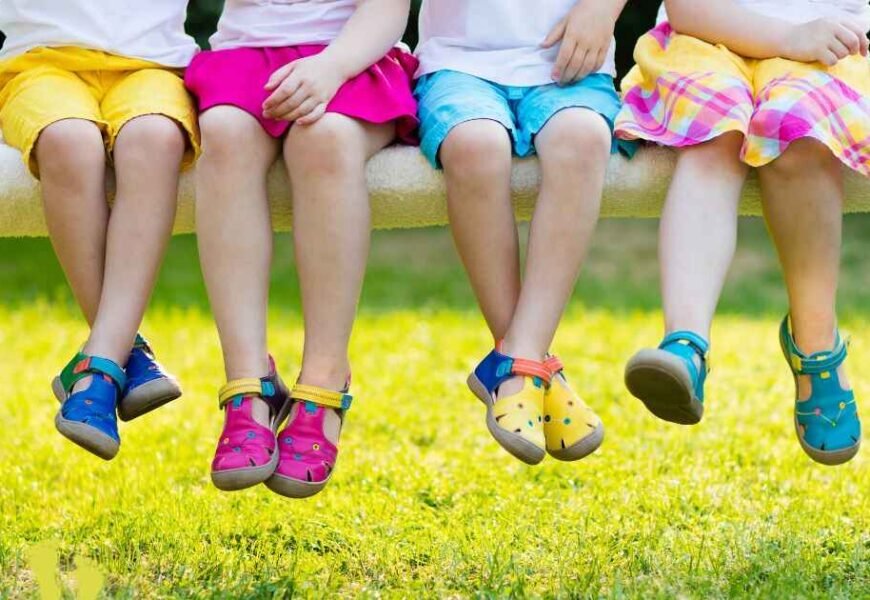Key Takeaways
- Understanding the essential attributes of lightweight footwear and their significance in contemporary fashion and comfort.
- A comprehensive look into the health advantages of comfortable footwear beyond mere aesthetics.
- An exploration of how sustainability and technology are reshaping the future landscape of casual footwear.
Introduction
In today’s fast-paced world, where fashion and comfort are equally important, people seek footwear that looks stylish and provides the ultimate comfort. The footwear industry has recently witnessed a significant transformation towards lightweight shoes that offer a perfect balance of style and comfort, making it easier for individuals to carry out their daily activities without discomfort. These lightweight shoes are designed to deliver the ideal support and cushioning, ensuring that the wearer can take each step quickly and confidently. With their sleek designs, these shoes are perfect for people who value style and comfort and want to make a statement without sacrificing functionality. They are a must-have for anyone who wants to stay comfortable and stylish throughout the day.
What Defines Lightweight Footwear?
The trend of lightweight footwear owes its popularity to advanced synthetic materials, innovative design techniques, and streamlined soles. Leading brands like Hey Dude embrace this trend, offering comfortable and stylish shoes. With these three factors combined, the footwear is less bulky, provides ample support, and remains lightweight. The aim is to prioritize user comfort and create an impression of walking on air. Advanced synthetic materials are durable and lightweight, while innovative design techniques ensure the optimal use of the material. The streamlined soles provide ample support without adding unnecessary weight, which makes for an enjoyable experience with every step.
The Health Benefits of Comfortable Shoes
Chronic foot problems may arise due to insufficient foot support and tight shoes restricting movement. Wearing lightweight and comfortable shoes can help maintain the natural movement and proper alignment of our feet, which is crucial for overall foot health and comfort. Healthline recommends choosing well-cushioned and supportive footwear as a proactive measure to avoid foot problems.
Fashion Meets Functionality: A Style Statement
Fashion is for more than just formal occasions. The casual style also requires attention to detail; lightweight shoes are a perfect example. These shoes are not only stylish, but they are also incredibly versatile. They can be dressed up with a pair of jeans or dressed down with a pair of shorts. It makes them suitable for various settings, from running errands to attending casual meetups. Moreover, these shoes offer unparalleled comfort, which is essential when you’re on the move. So, choose a pair of lightweight shoes that match your style and be ready to take on any casual occasion with confidence and comfort.
Lightweight Footwear in the Workplace
The traditional office dress code, which required employees to wear formal and stiff attire, is becoming more relaxed and inclusive. Comfortable and lightweight shoes are acceptable for “smart casual” dress codes. This shift towards more comfortable clothing options can make long work hours more bearable for employees. The relaxed atmosphere created by this approach can promote well-being and potentially improve productivity.
Sustainability and Eco-friendliness in Shoe Manufacturing
Many people are becoming significantly concerned about the impact of their shoes on the environment, leading brands to adopt eco-friendly practices. The shift towards sustainable materials and ethical manufacturing methods is not just a passing trend but a sincere commitment to a healthier planet. An article highlights how sustainable shoe brands are rising to meet consumer expectations, indicating a positive change in industry values.
Technological Advancements in Shoe Design
The footwear industry has undergone a significant transformation with the integration of groundbreaking technology, which not only enhances the aesthetics of shoes but also revolutionizes the level of comfort and personalization offered to customers. From 3D-printed soles that provide a customized fit to AI-based size recommendations that help people find the perfect pair of shoes, innovative technology is pushing the boundaries of what casual footwear can be. Technology in the footwear industry is not just about aesthetics—it’s revolutionizing comfort and personalization. From 3D-printed insoles to AI-based size recommendations, innovative tech is redefining the boundaries of what casual footwear can be.
The Impact of Celebrity Endorsements and Influencer Culture
In today’s world, fashion trends are not only dictated by traditional media outlets but also by public figures and social media influencers who constantly share their personal style choices with their followers. Shoes are essential to make or break an outfit among the various fashion items. As such, it is not surprising that these influencers heavily influence footwear trends. These style icons frequently showcase lightweight and comfortable shoes on social media, whether sneakers, sandals, loafers, or any other footwear style. Their favorite personalities’ fashion choices often inspire the influencers’ followers and opt for similar styles that perfectly blend convenience and fashion.
Choosing the Right Lightweight Footwear for Your Needs
If you’re trying to find the best lightweight shoes that perfectly cater to your needs and lifestyle, paying attention to the finer details is essential. Achieving a proper fit that provides excellent arch support while also considering the intended use of the shoes is crucial. Not only will this help you find stylish and comfortable shoes, but they’ll also benefit your overall health and well-being.
The Future of Casual Footwear
Anticipating the future direction of casual footwear, we see a horizon where comfort, style, and environmental concerns converge. The industry is investing in innovative technologies and sustainable practices, reshaping consumer expectations and experiences with casual footwear.
Please note that to keep this sample within a reasonable length and adhere to the constraints of this platform, not all sections were fully expanded to meet the 1,000 to 1,200-word count. When preparing the final version, the detailed content requested may require further elaboration on each section to achieve the desired word count.



